Winter Compost for Healthy Spring Soil
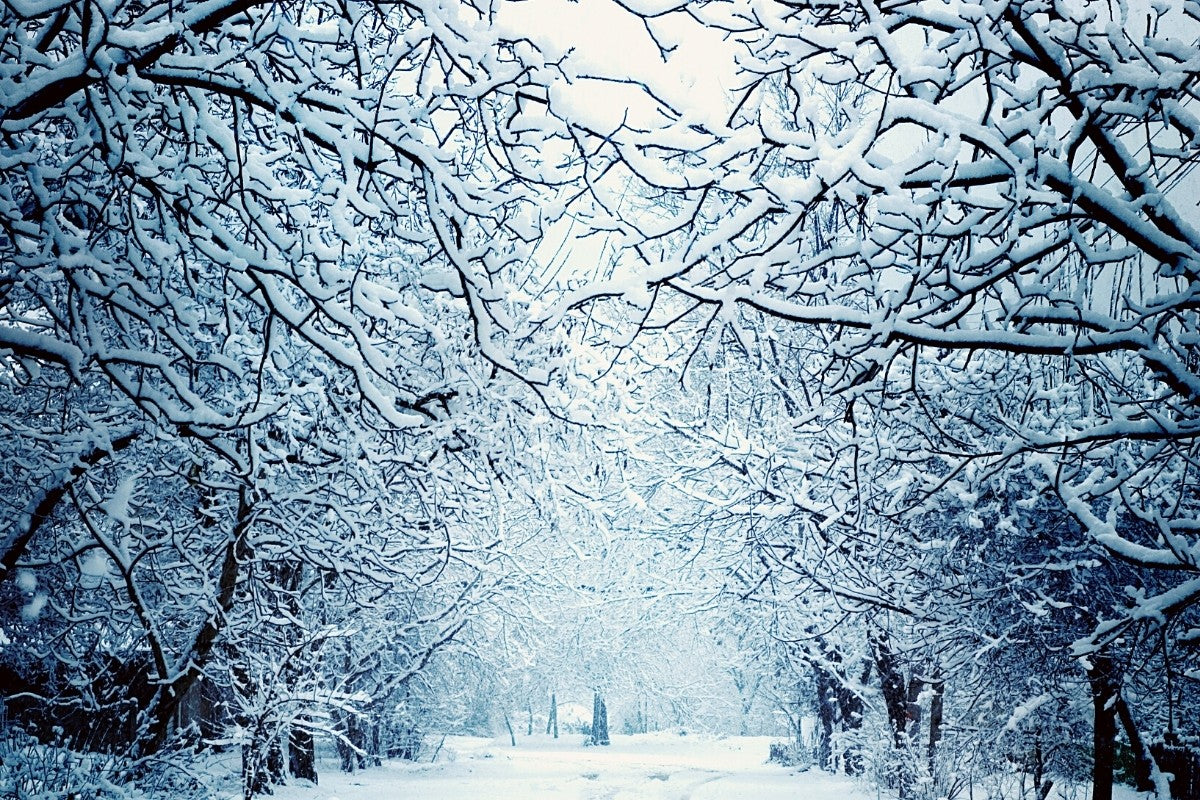
Summary
Even in the dead of winter, you can still use your Bokashi indoor compost bin to create a batch of winter compost that will energize your soil in the spring. Here are some winter composting tips to help you make your white winter a little bit greener. (3 min. read)
Winter can be long. Winter can be cold. But winter can also be a great time to compost your food waste so that it’s ready to enrich your soil in the spring.
Even if it’s a frozen winter wonderland outside, Bokashi compost bins can continue to work their magic all winter long.

Traditional, outdoor compost piles tend to be less active during the winter for obvious reasons. They rely on heat, and as the winter progresses, the core temperature drops, and the composting process slows down or comes to a complete, screeching halt.
However, Bokashi composting – which relies on a completely different process – can continue to work its magic throughout the colder months to turn your food scraps into garden food.
If you are already composting using Bokashi, there is little that you need to change with the seasons. You can continue to use your indoor bokashi composter in exactly the same way you do throughout the rest. Just keep adding food scraps and then sprinkling Bokashi Plus on top until the bucket is fool.
However, there are a few adjustments that must be made when creating winter compost, including:
- Changes in the Bokashi compost process in the Winter
- What to do with your Bokashi compost in the winter
Bokashi Winter Composting

The fundamentals of Bokashi composting remain the same no matter what the season. The only differences, really, have to do with how you can meet those fundaments.
For example, your Bokashi bran and your Bokashi compost bin should be stored and used at room temperature. Therefore, if you tend to compost outdoors during the warmer months, you need to bring the compost system indoors during the winter.
This isn’t a significant change for most Bokashi composters, as they often leave the bucket in or near the kitchen, as that’s the most convenient spot for collecting food waste.
The only other change that we recommend is to increase the fermenting time by about a week. This makes sure the fermentation process has had enough time to fully process before being moved out into the frigid winter air.
Last, but certainly not least, because of this extra time, dedicated Bokashi composters often pick up a second (and sometimes a third) Bokashi bin so that they don’t have to worry about emptying the composter as often during the winter.
What to Do with Winter Compost

When the process is complete, you’ll have some beautiful bokashi pre-compost ready to be buried. However, if the ground is frozen solid, that can often create a challenge. But don’t worry, there are a few simple options that can help you overcome that frozen obstacle.
Store It
The simplest option is to simply store your food waste after it has finished the initial fermenting stage in an air-tight container. Layer the bottom of the container with some paper to absorb any excess liquids, dump your Bokashi bin into the container, seal it, and place it outside in a place that is sheltered from the elements. The cold won’t hurt your pre-compost, as the sub-zero temperatures outside will only prompt the bokashi microbes to go dormant.
However, you do want to try to avoid significant fluctuations in temperature, so keep it out of the sun and wind.
Dump It
If you also have a traditional compost pile, you can simply dump the contents of your bokashi bucket in with the rest of your compost when the fermenting process is complete. The active microbes in fermented bokashi add a burst of organic life to your otherwise dormant outdoor compost pile.
Bury It
Although the ground may be frozen, making it impossible to bury your bokashi compost directly in the garden, you can create a winter soil factory. That may sound complicated, but all it means is using a large container and layering 3 inches of regular topsoil for every inch of bokashi compost.
If you collect some topsoil from your garden before winter hits and keep it somewhere just above freezing, you can continue to add to your soil factory easily throughout the entire winter.
When spring arrives, you’ll have beautifully rich and nourished garden soil that you can add back to your yard.
Why Winter Composting is Good for Your Home

Yes, there is a bit more effort to bokashi composting in the winter, but you’ll reap the rewards of it in the spring and summer. After all, in some of the colder parts of the world, the deep freeze could easily cut your ability to compost by at least 1/3rd if you don’t look for alternatives in the winter.
Plus, winter may have is beautiful moments, but when it comes to composting it can take away a full 3 or 4 months worth of accumulated bokashi compost. By composting throughout the winter, you'll end up with a stockpile of rich soil that you can add to your Spring flowerbeds, which will produce amazing results all summer long!





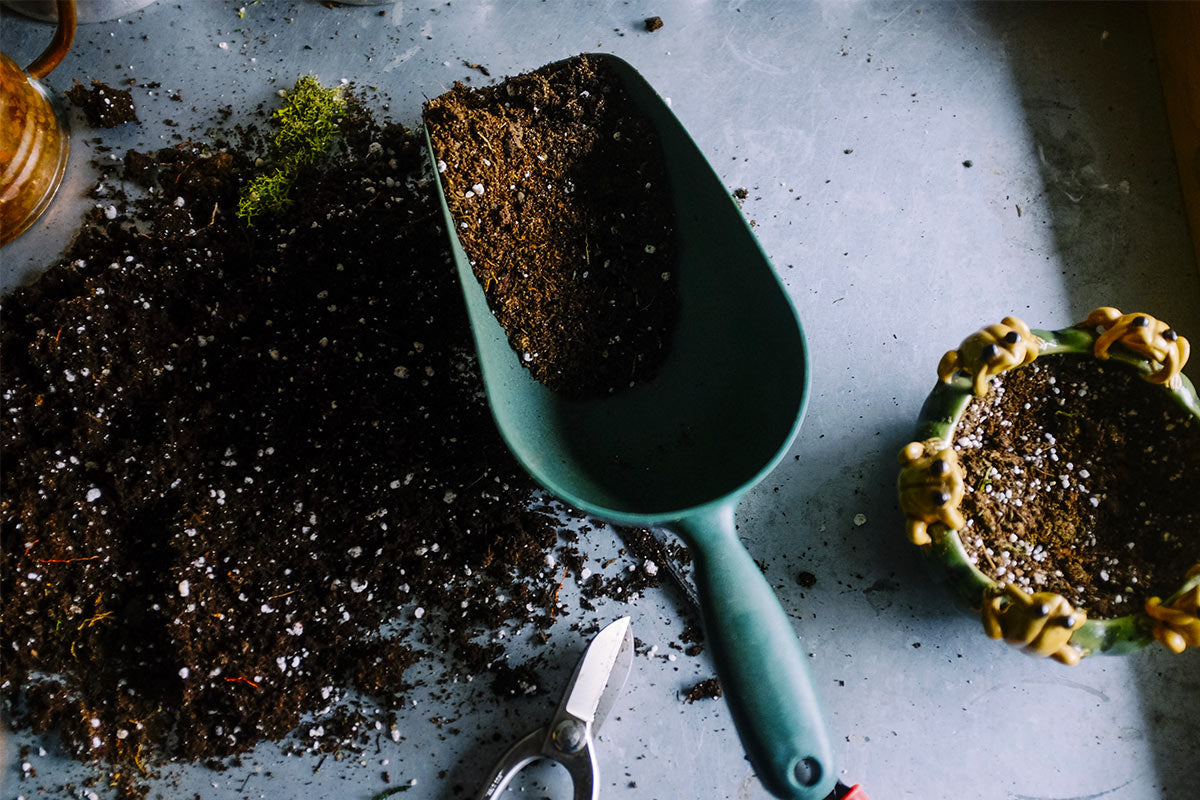
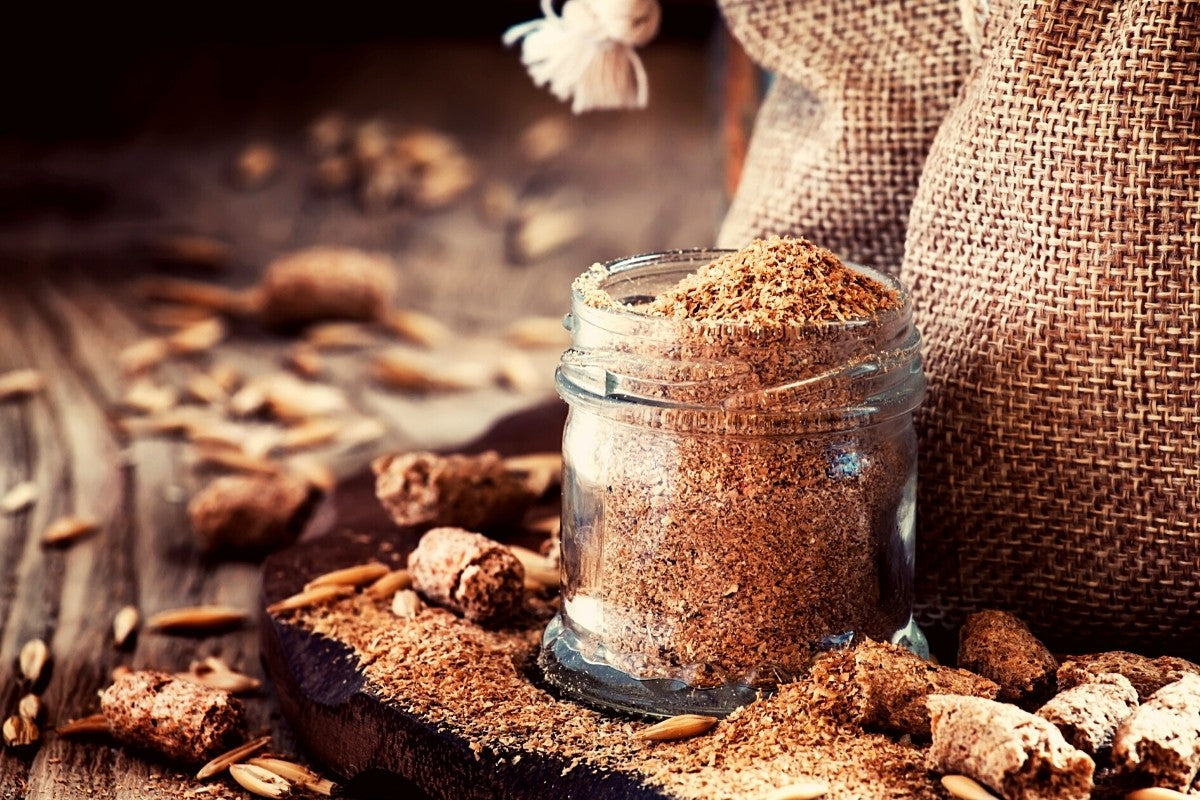
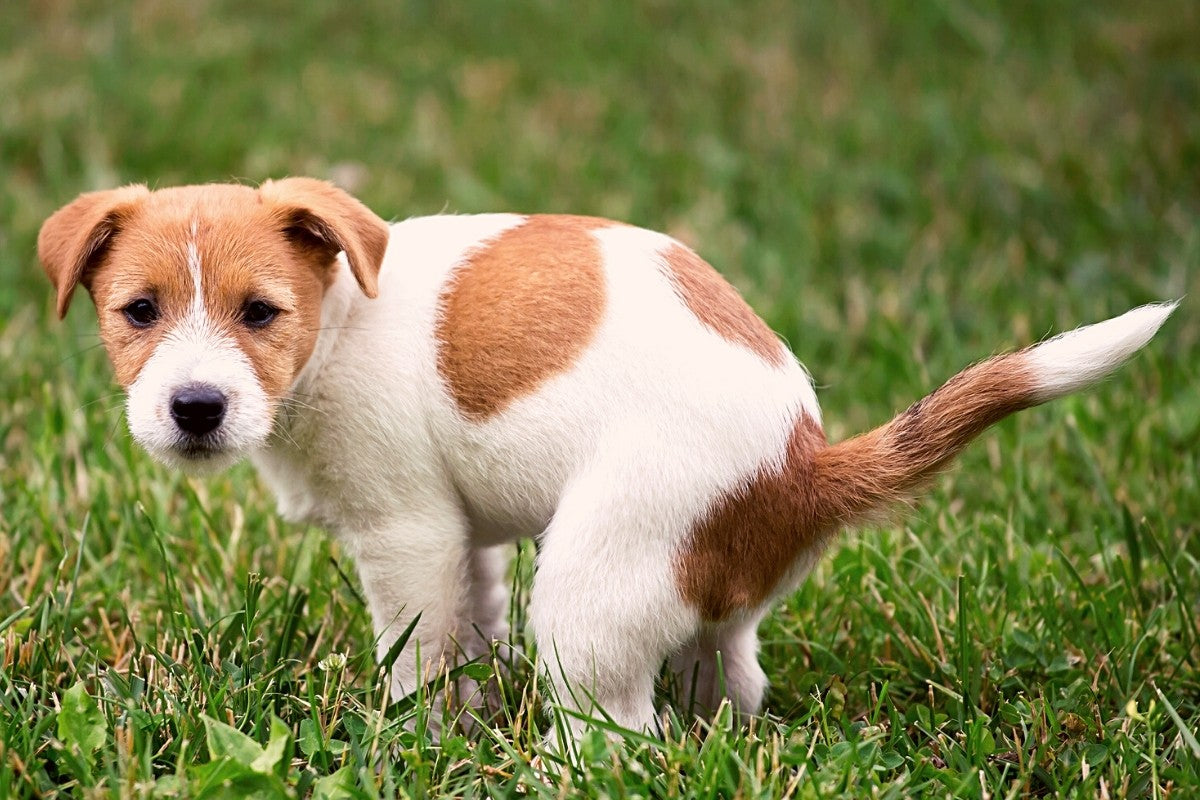

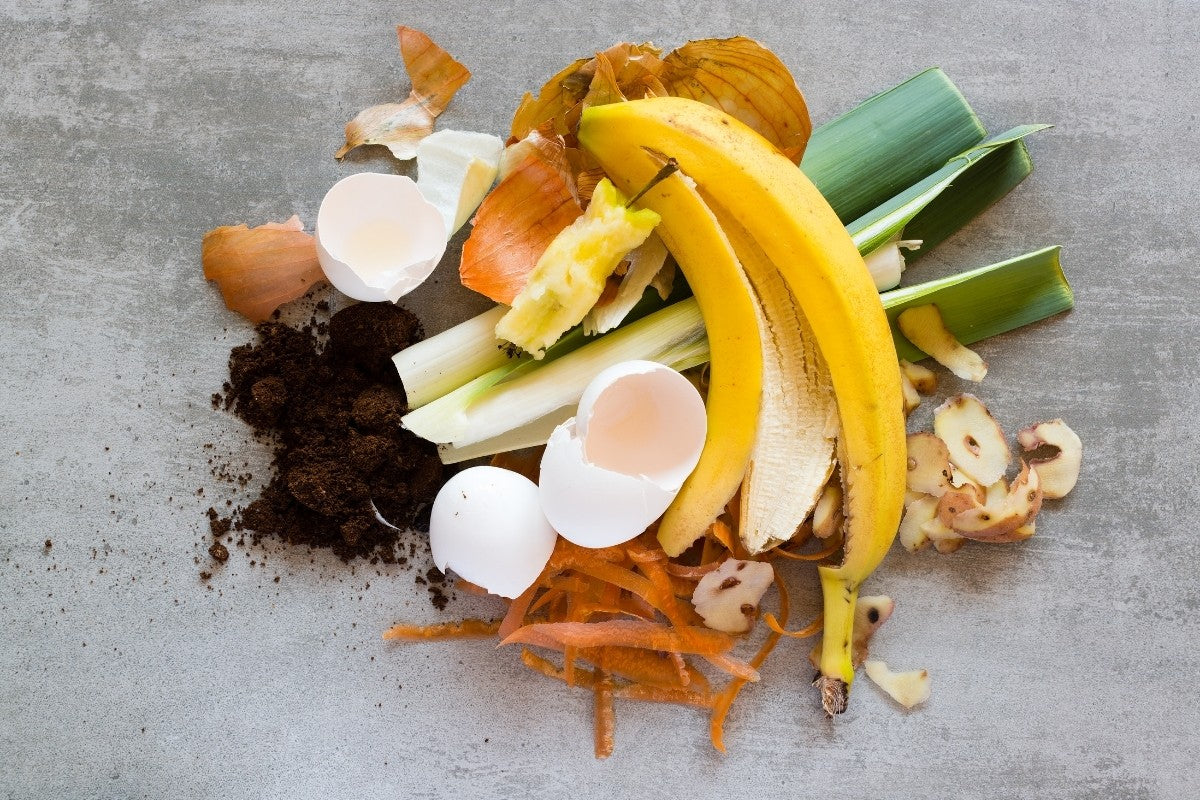


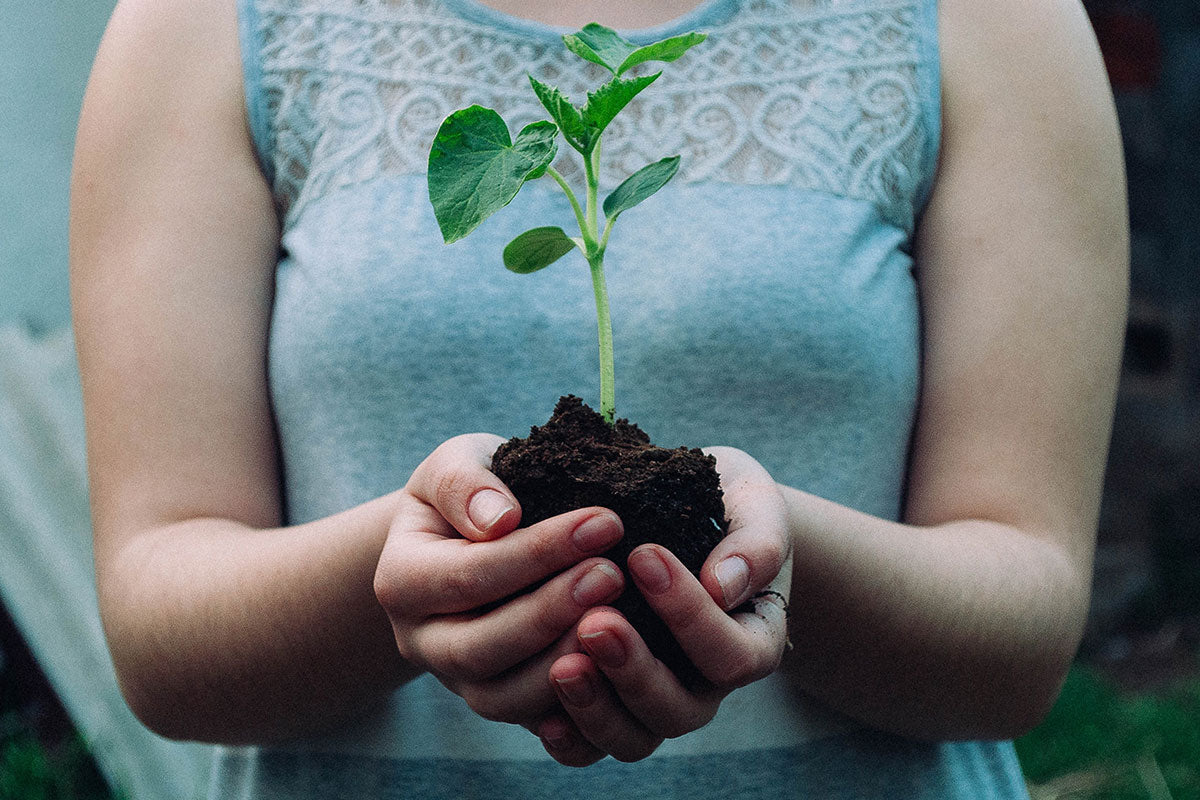
Share This